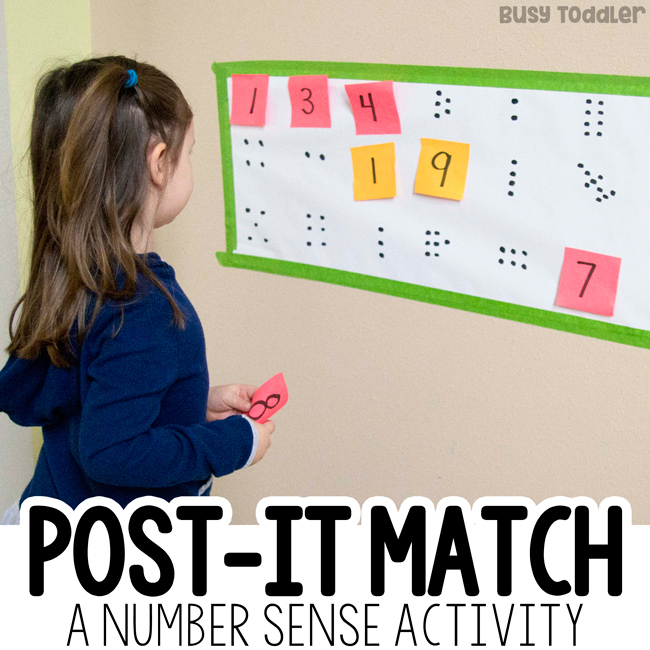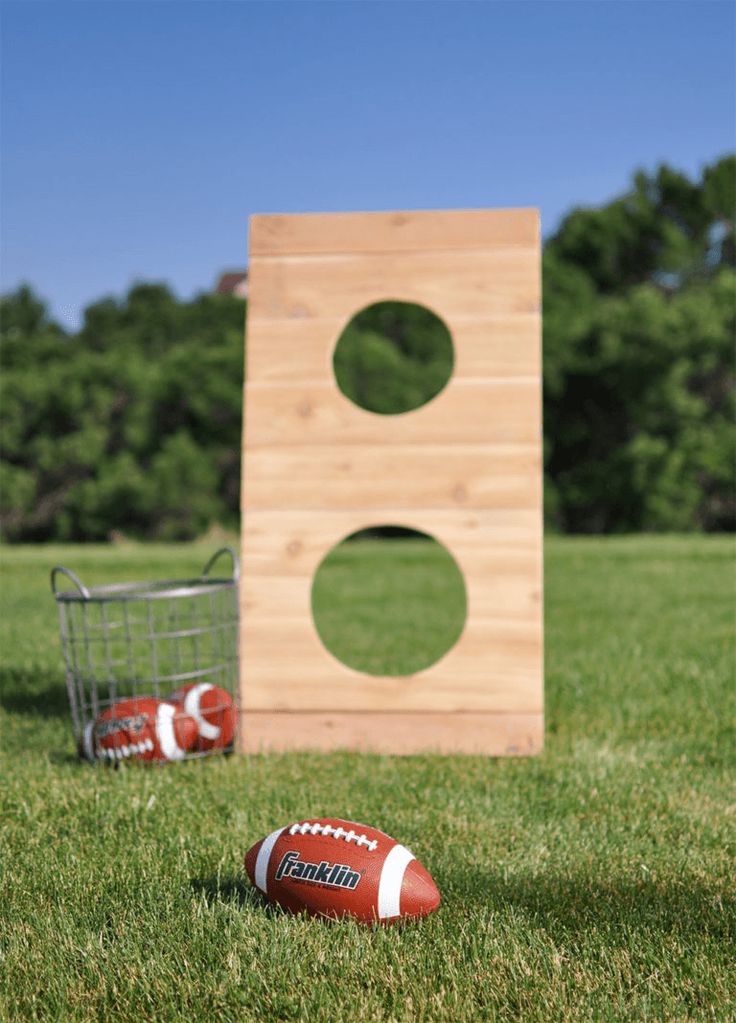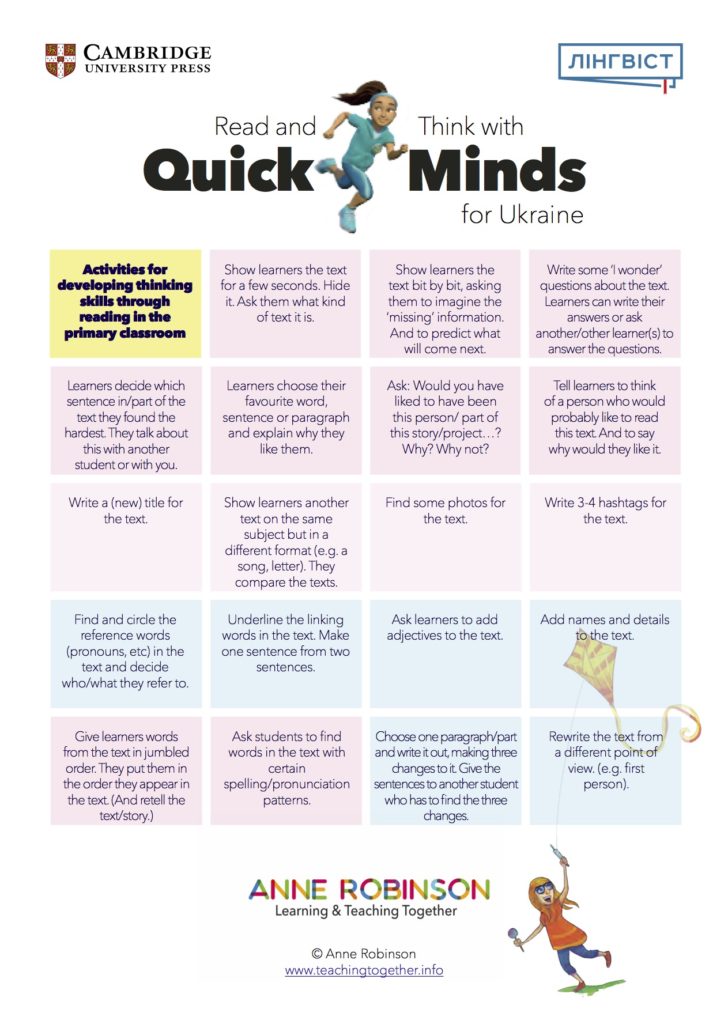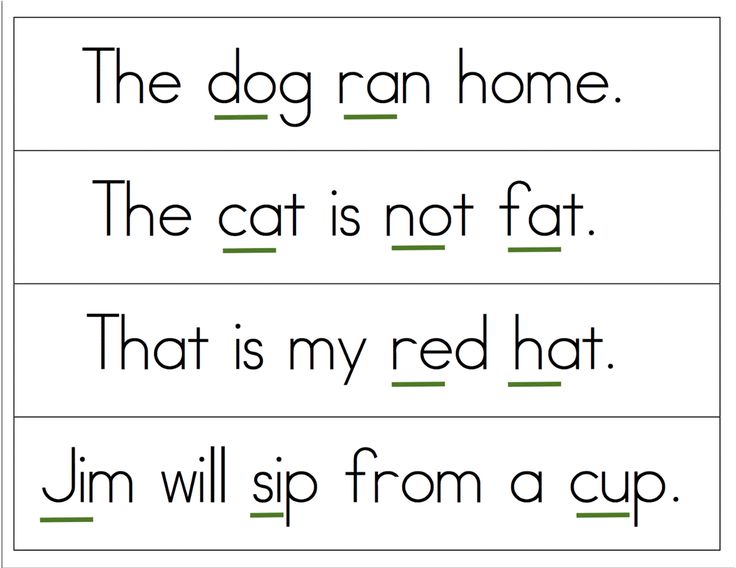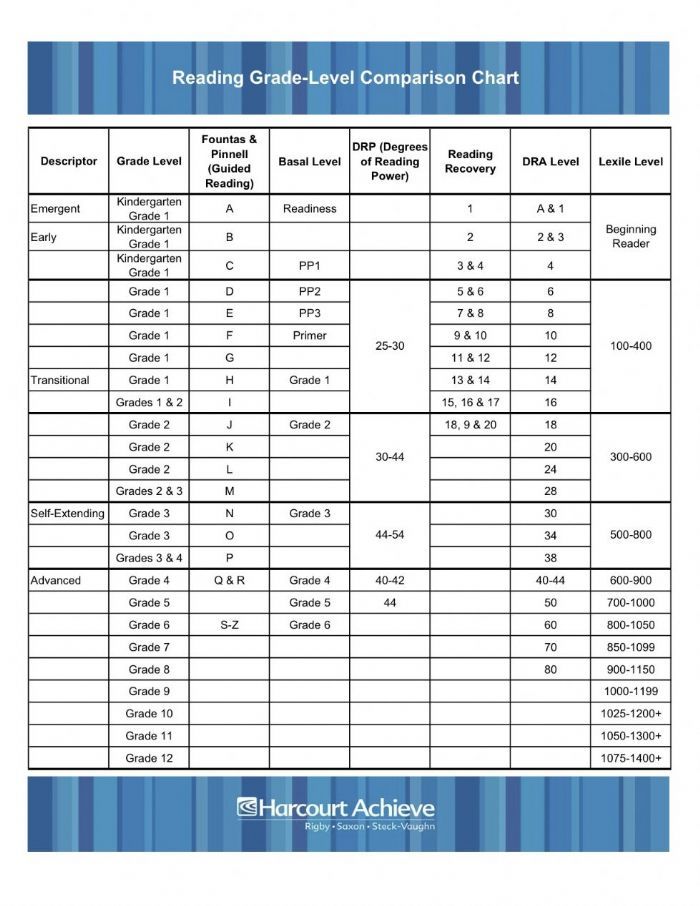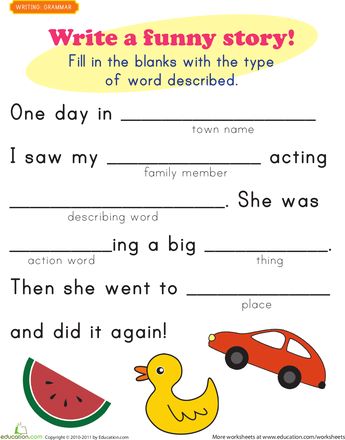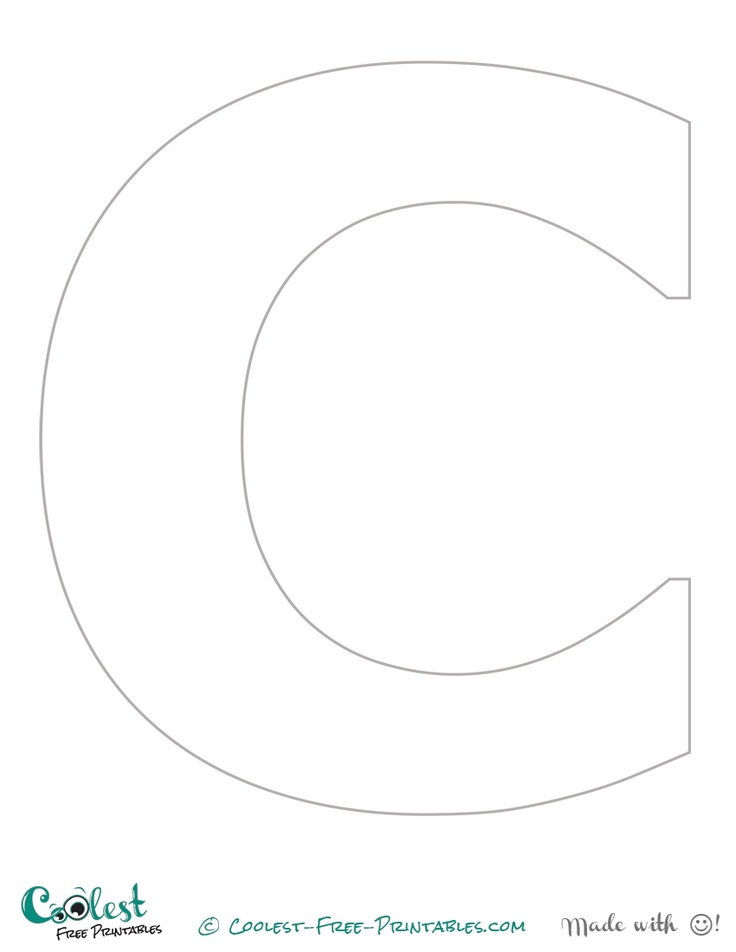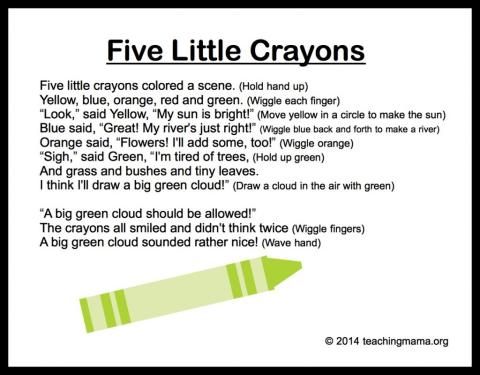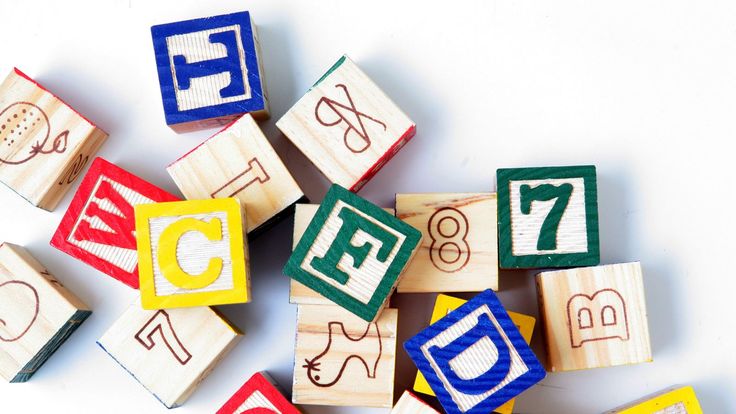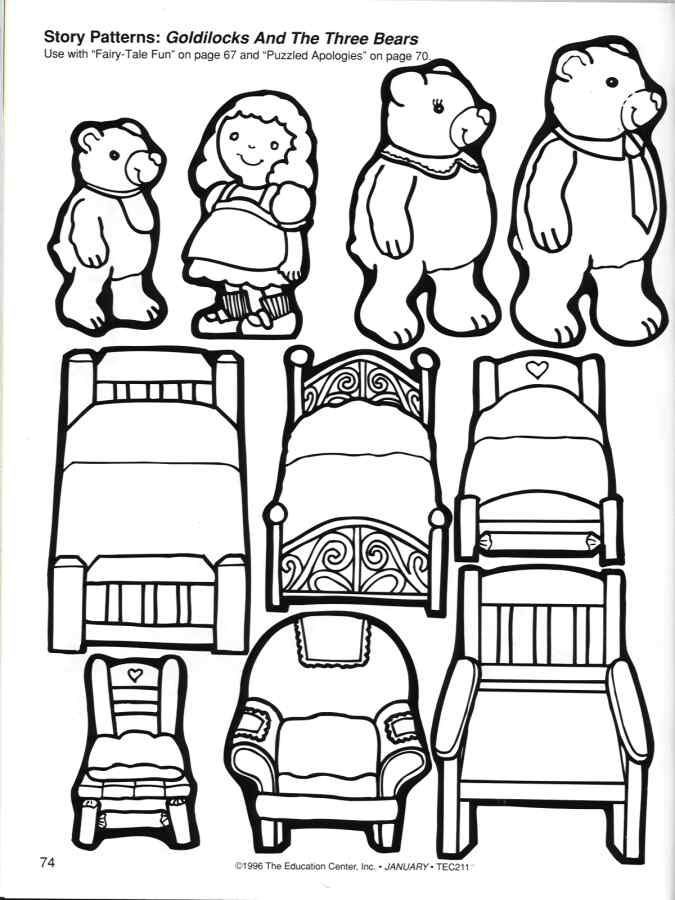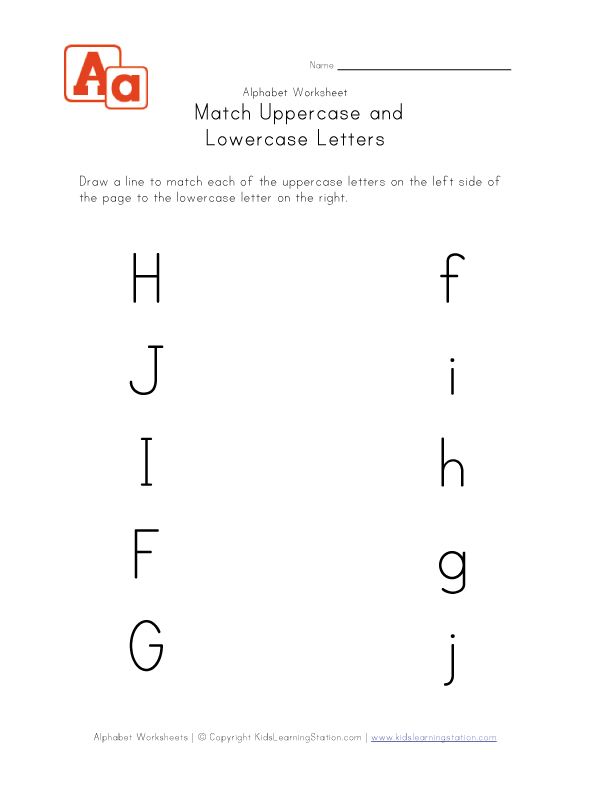Kids easy maths
17 Easy & Interesting Maths Tricks for Kids to Boost Calculation Skills
Home Big Kid Education 17 Easy Maths Tricks for Kids to Boost Calculation Skills
Last Updated on
Many kids find it difficult to grasp the core principles of maths, which ends up making the subject too boring, and they simply refuse to put in the effort. Math-related tricks for kids can help them understand those techniques, boost their calculation skills, and even surprise a few people with their seemingly magical abilities.
Use these simple tricks to build your kid’s interest in maths.
1. Calculating the Square of any Number that Ends with the Digit 5
Calculation of squares is a tough task. But for the set of numbers that end with 5, this can be quite easier than before. Two-digit numbers can be calculated instantly, while numbers with more than two digits might require you to know more tables.
- Let’s take the number 95 and attempt to find its square.
- As per the trick, start by writing the last two digits of the answer, which is 25 (the last two digits of the square of any number that ends with a 5 is 25).
- Now, the first digit in 95 is 9. The number that follows 9 is 10.
- Multiply 9 and 10 to get the answer, which is 90.
- Write 90 in the prefix of the 25 we already wrote as the answer. This makes the complete solution is 9025.
2. Easily Finding the Answer to any Number Multiplied by 11
Most children do end up memorizing the multiplication tables up to 10. But this can be taken one step further by knowing how to multiply with 11 as well quickly.
- Let’s try multiplying 45 with 11.
- Separate the digits, 4 and 5 with a space between them, such as 4 [ ] 5.
- Now, carry out the addition of the two digits in the centre, such as 4 [4+5 = 9] 5.
- That’s your answer. 45 x 11 = 495.
- If the sum happens to be a two-digit number, such as with 56, which yields 5 [11] 6, simply add the tens place of the sum with the first digit.

- This would then be [5+1 = 6] [1] 6, making the answer as 616.
3. Multiplying any Number Quickly by 9
In more multiplication tricks, multiplying any number by 9 can be even faster.
- Take a large number such as 754.
- To multiply this with 9, simply add a 0 at the end and subtract the original number.
- That makes it 7540 – 754 = 6786. That’s how quick it is!
4. Speed Multiplication Even when Doing it with 15
It might be easier with single digits. But what if you could multiply just as fast with 15 as well? Here’s how.
- Let’s try multiplying 79 with 15.
- Add a zero to the end of the number, making it 790.
- Divide it by 2. This gives us 790 / 2 = 395.
- Add those two numbers, which would be 395 + 790 = 1185.
- Verify it with the calculator, too.
5. Adding 2-Digit Numbers at Extremely Fast Lightning Speed
By understanding the basic principles of tens and units places, you can add 2-digit numbers literally in a snap.
- Take 57 + 79.
- Split the second number into tens and units, making it 79 = 70 + 9.
- Finish up the tens addition, which is 57 + 70 = 137.
- Now add the remaining units place digit, which is 137 + 9 = 146. That’s it, you’re done.
6. The Answer for Anything Would be 37
A cool math trick that gives the answer 37 every time.
- Choose a 3 digit number with same digits. Let’s go with 333.
- Add the digits together. So, 3 + 3 + 3 = 9.
- Divide the original number with this sum. So, 333 / 9 = 37.
This trick works every single time.
7. Be it Large or Small, You will Always Reach Eight
A step up from the previous one, this works on choosing any number at all.
Let’s choose the number 53.
- Subtract 1 from it, so 53 – 1 = 52.
- Multiply by 3, so 52 x 3 = 156.
- Add 12 to it. So, 156 + 12 = 168.
- Divide this by 3. So, 168 / 3 = 56.
- Add 5 to this answer and subtract the original number.
 So, 56 + 5 – 53 = 8.
So, 56 + 5 – 53 = 8.
8. Multiply Quickly by Breaking Down Numbers
Multiplication is nothing but a combination of multiple additions.
- Let’s try 14 x 12.
- So, 14 = (2 x 7), which makes the problem as 2 x 7 x 12.
- 7 x 12 = 84. Now 84 x 2 = 84 + 84 = 168. Quick answer is here.
9. Making a 5-Digit Number Repeat in Succession
This is an interesting trick for your kid that uses a calculator. Multiplying any 5 digit number with 11 and 9091 will yield an answer that repeats in succession.
- Let’s choose the number 12345.
- Multiplying it by 11 will give us the answer as 12345 x 11 = 135795.
- Now, take this answer and multiply it with 9091 to get the answer 135795 x 9091 = 1234512345.
- This answer is literally the number 12345 repeated twice.
10. No Matter What you do, The Answer will be the Same
This is the magic of the number 1089. By making use of specific calculations, no matter what 3-digit number is chosen, the answer will always turn out to be 1089. Here’s how.
Here’s how.
- Let’s choose the number 537.
- Now the digits need to be rearranged in descending order, 753. This is your first number.
- Rearrange the same digits in the ascending order, 357. This is your second number.
- Subtract the second from the first, which will give us the answer, 753 – 357 = 396.
- Now reverse the order of digits of the answer to getting the number, 693.
- Let’s add both numbers, 396 + 693 = 1089, which we already knew.
11. Ensuring that Specific Digits will Always be Present
You can surprise your friends with your mental skills by telling them to follow some calculations, while you will tell them that the answer will only contain the digits 1,2,4,5,7 and 8 in any order.
- Start by choosing any number between 1 and 6. Let’s take 3.
- Multiply it by 9:- 3 x 9 = 27
- Multiply the answer by 111:- 27 x 111 = 2997
- Multiply that answer with 1001:- 2997 x 1001 = 29,99,997
- Divide this answer by 7:- 2999997/7 = 428571
12.
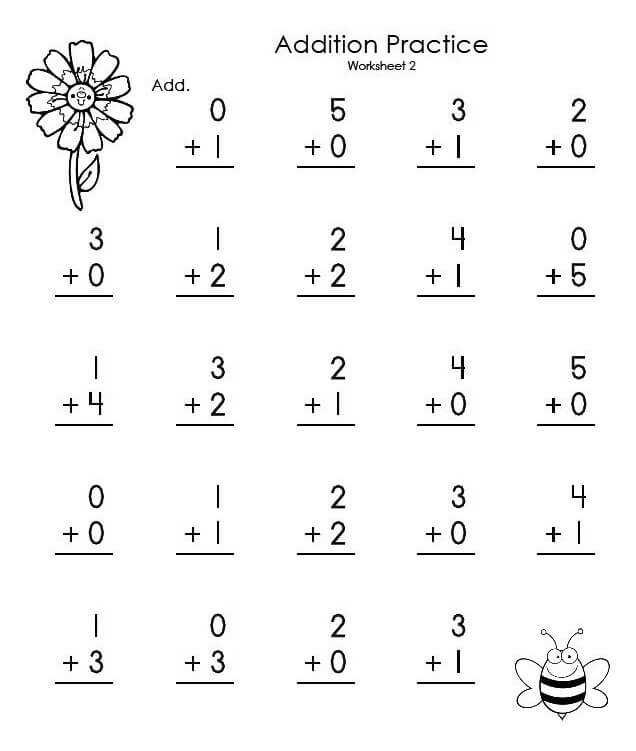 Bringing you Back to Square One
Bringing you Back to Square OneThis is a magic trick that can start from two digits and bring you back to them through an entire series of calculations.
- Let’s choose the two digits as 2 and 7.
- Pick one of those and multiply by 2. So, let’s choose 2. That makes 2 x 2 = 4.
- Add 5 to the answer. So, 4 + 5 = 9.
- Multiply that answer by 5. So, 9 x 5 = 45.
- Now, add the other digit you had chosen to this answer. So, 45 + 7 = 52.
- Subtract 4 from that answer. So, 52 – 4 = 48.
- Subtract 21 from the final answer. So, 48 – 21 = 27. These were the original digits, to begin with.
13. You will Always Return to the Phenomenal Fifteen
Yet another trick that makes you return to the number fifteen no matter what number you choose.
- Let’s pick a number such as 279.
- Multiply it by 3. So, 279 x 3 = 837.
- Now add 45 to the answer. So, 837 + 45 = 882.
- Multiply that answer by 2. So, 882 x 2 = 1764.

- Divide this answer by 6. This will give you 1764 / 6 = 294.
- Subtract your original number from this answer.
- That makes it 294 – 279 = 15. Surprising, right?
14. The Final Destination is Always 6174
The number, 6174, is termed as having magical properties. If you keep subtracting a 4-digit number in a specific way, you will always reach 6174. This trick is also called Kaprekar’s operation.
- Let’s choose the number 1084.
- Ensure the digits are not the same.
- Every number we reach, the goal is to rearrange the digits to form the highest possible number and the lowest possible number and subtract the two.
- So, the largest number is 8410, and the lowest is 0148.
- The subtraction yields 8410 – 0148 = 8262.
- Largest with this is 8622, and lowest is 2268. Subtraction, 8622 – 2268 = 6354.
- Largest is 6543, and lowest is 3456. Subtraction, 6543 – 3456 = 3087.
- Followed by 8730 – 0378 = 8352.
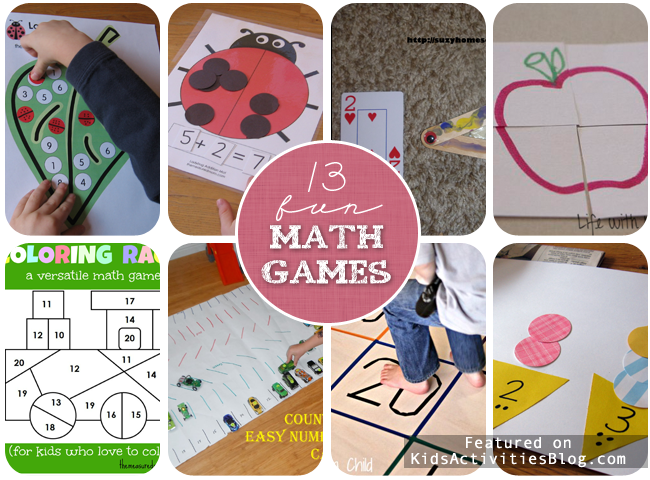
- Finally, 8532 – 2358 = 6174. We’re here.
15. Guess the Age as well as the Change
A fantastic math trick can surprise your friend in guessing his age as well as the change he has in his pocket.
- Let’s assume your friend is 8 years old and he has two 5 rupee coins and four 2 rupee coins, bringing his total change to 18 rupees.
- Ask your friend to multiply his age by 2. So, 8 x 2 = 16.
- Add five to the answer. So, 16 + 5 = 21.
- Multiply this answer by 50. So, 21 x 50 = 1050.
- Subtract 365 from that answer. So, 1050 – 365 = 685.
- Ask your friend to add the total value of the change to this answer. So, 685 + 18 = 703.
- Add 115 to this answer. So, 703 + 115 = 818.
Look at this answer. The last two digits are the amount of change he has, and the first digit is his age.
16. Subtracting 3 digit numbers from 1000.
This one is a basic trick to subtract any 3-digit number from 1000.
- Choose a 3-digit number.
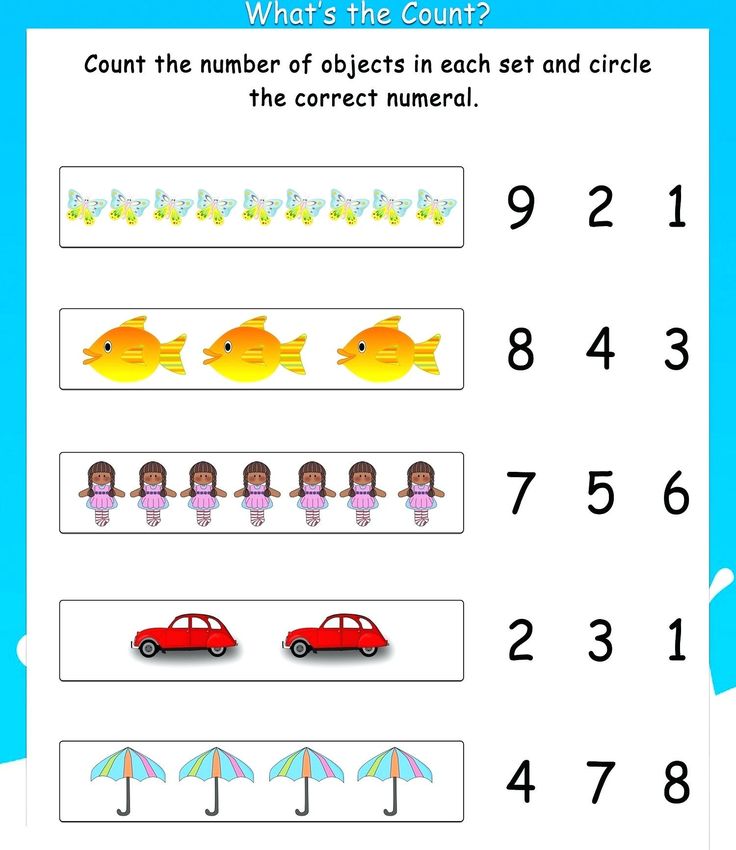 Let’s take 496.
Let’s take 496. - Subtract the first digit from 9. So, 9 – 4 = 5
- Subtract the second digit from 9. So, 9 – 9 = 0
- Subtract the third digit from 10. So, 10 – 6 = 4
- The answer of 1000 – 496 = 504
17. Calendar Math
This is a fabulous trick to play with your children and maybe teach them too so that they can demonstrate it in front of their friends. Start by saying you can add any 9 numbers selected by others in a matter of seconds.
- Take a calendar and have someone choose a group of nine number in a 3×3 rectangle, and circle them.
- Choose the number in the centre and multiply it by nine.
- This will give you the exact sum of all the nine numbers.
Put an end to your child’s math-related misery with these easy-to-understand mathematics tricks and make him fall in love with the subject. These tricks can boost your child’s calculation skills and help him comprehend those hard-to-grasp concepts.
Apart from maths skills, it’s important for kids to have an all-round development, with other life-skills as well.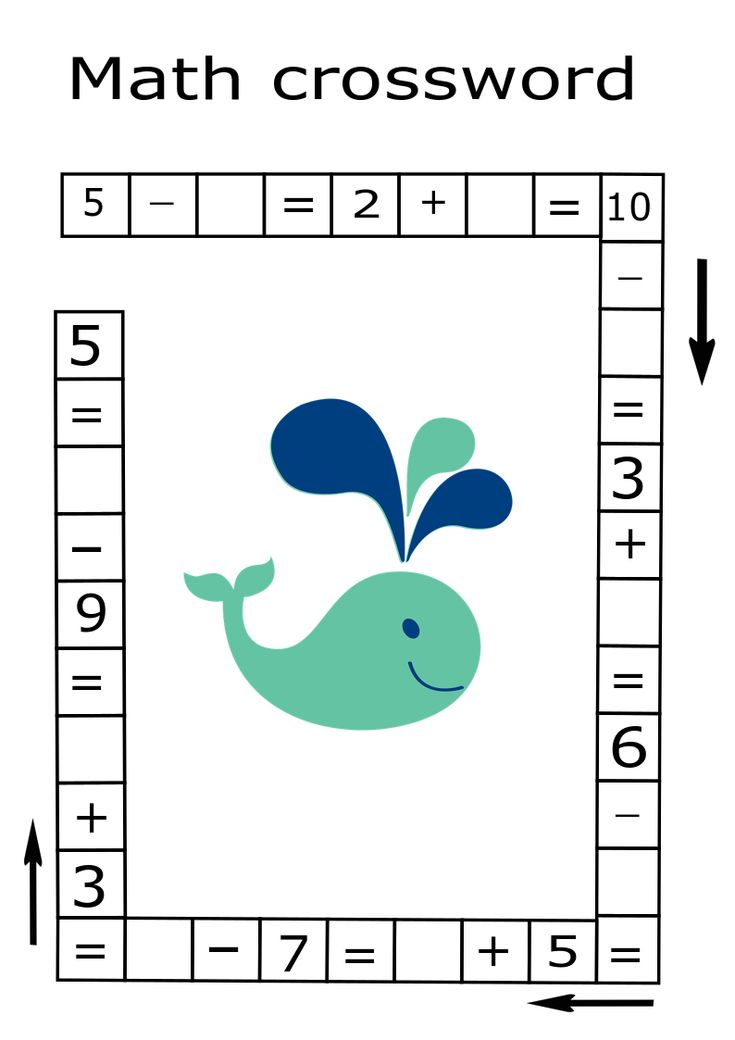 For this, a monthly subscription box like Intellikit can hone your child’s talents with fun activities involving various types of play. Based on a unique theme each month, each box combines fun with learning, keeping your child occupied all month long. Subscribe now!
For this, a monthly subscription box like Intellikit can hone your child’s talents with fun activities involving various types of play. Based on a unique theme each month, each box combines fun with learning, keeping your child occupied all month long. Subscribe now!
Mental maths tricks for kids are used in multiple areas of science and technology. These tricks come in handy even in competitions. Nonetheless, your child will definitely benefit from these math tricks because he can use them daily at school.
Also Read:
How to Teach Children Maths Using Abacus
20 Interesting Maths Puzzles for Children
Previous articleHow to Teach Hindi to Kids – 11 Effective Ways
Next article17 Stunning Return Gifts for Your Baby’s 1st Birthday
ADVERTISEMENT
POPULAR POSTS
ADVERTISEMENT
LATEST
What Do Breastfeeding Moms Really Want?
Ruchelle Fernandes -
Hands up if you thought breastfeeding would be easy – but then struggled! To mark World Breastfeeding Week in August this year, Australian breastfeeding.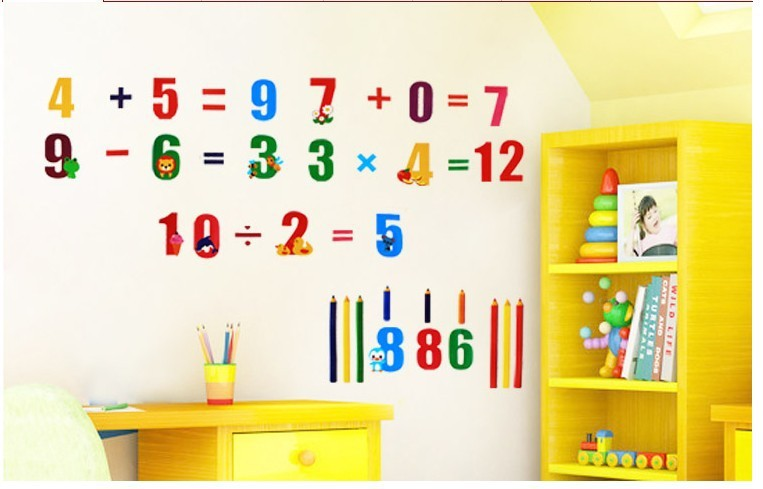 ..
..
25 Fun Maths Games For Kids To Do At Home
Assistant Headteacher, KS2 leader and parent Emma Johnson shares the best fun maths games and maths activities for kids to play at home.
All these educational games are suitable for Key Stage 2 (KS2) children and most of them can be adapted for Key Stage 1 (KS1).
This blog is part of our series of blogs designed for teachers, schools and parents supporting home learning.
As well as providing some family fun, these maths games for kids have the added advantage of presenting learning opportunities in a way that means that children may not even realise they’re learning!
They are also fun way to practise a wide range of KS1 and KS2 mathematical skills, such as counting, place value, times tables and much much more.
Time is scarce as a parent, but it’s important to make time for maths games & activities with your child!We all know how rushed life can be and we can sometimes feel guilty we aren’t spending enough time supporting our children with their learning at home.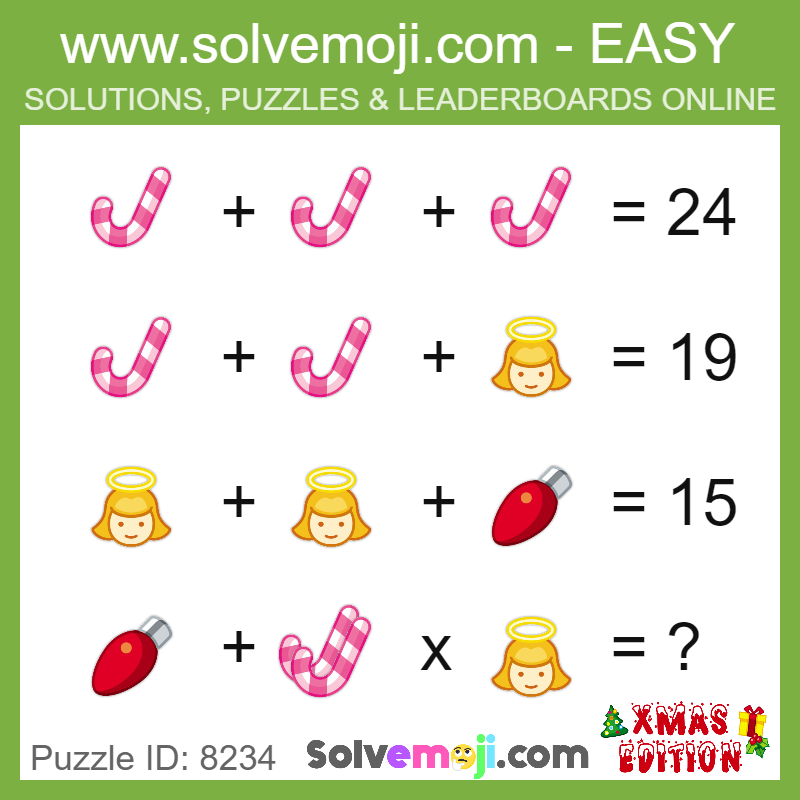
Now you can! Here you’ve got:
- maths games that can be played at any time of day – over breakfast, on the walk to school or to the park, driving to football etc.
- maths games that need no setting up time or resources (as well as a few that need a bit of preparation using items you’ll have at home.)
- simple, short maths games to play when you have a quick few minutes
- longer maths games which everyone in the family can enjoy together
- maths games for KS2 and KS1 ready to keep your primary school teachers happy
If you’re a teacher or you have a specific age group in mind you might also like to take a look at our collections of games specifically chosen for different key stages at school.
- Maths games KS1
- Maths games KS2
- Maths games KS3
So in short, if you’re looking for fun maths games, we’ve got you covered!
KS2 Maths Games and Activities Pack
A FREE downloadable games and activities pack, including 20 home learning maths activities for KS2 pupils to complete on their own or with a partner.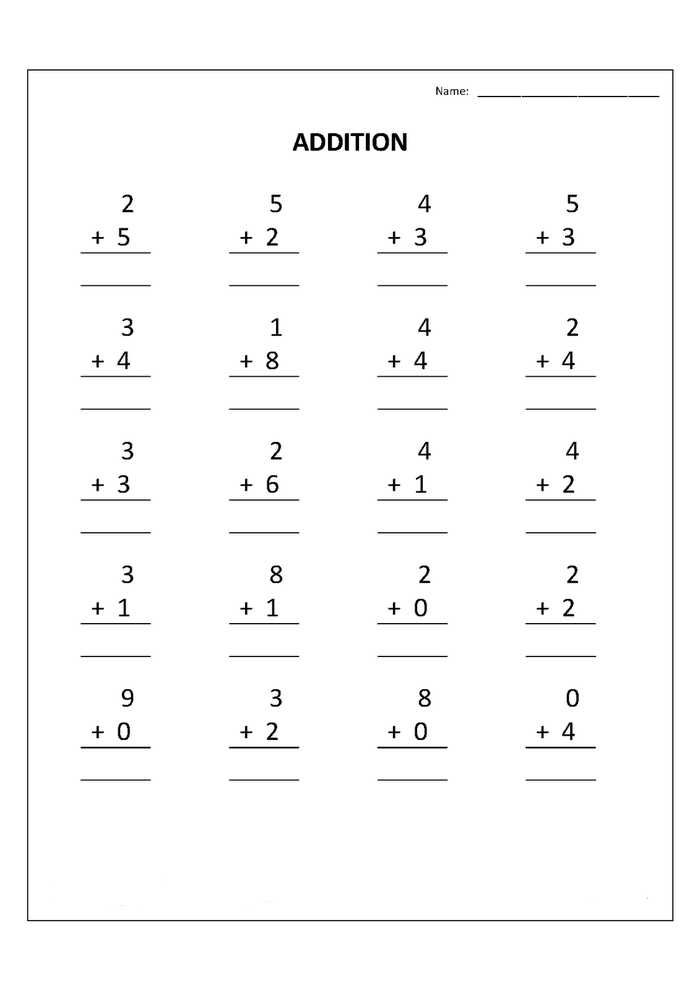
Know what you’re looking for? Jump in!
3 best
indoor maths games your kids can play at homeOn rainy days, days off school or, during enforced periods of home schooling due to lockdowns, it can be hard to persuade children to practise their maths, but these activities should have your child enjoying maths at home in no time at all!
Indoor maths game 1: Count Down!This game is a simple at home version of the TV favourite and can be played with any number of players.
What you need to play:
- 4 ‘large number’ cards with the numbers 25, 50, 75 and 100 on them
- A set of cards with the digits 1-10 on them, with at least two cards for each number
How to play:
Step 1: Set out 4 large number cards (25, 50, 75 and 100) face down and mixed up.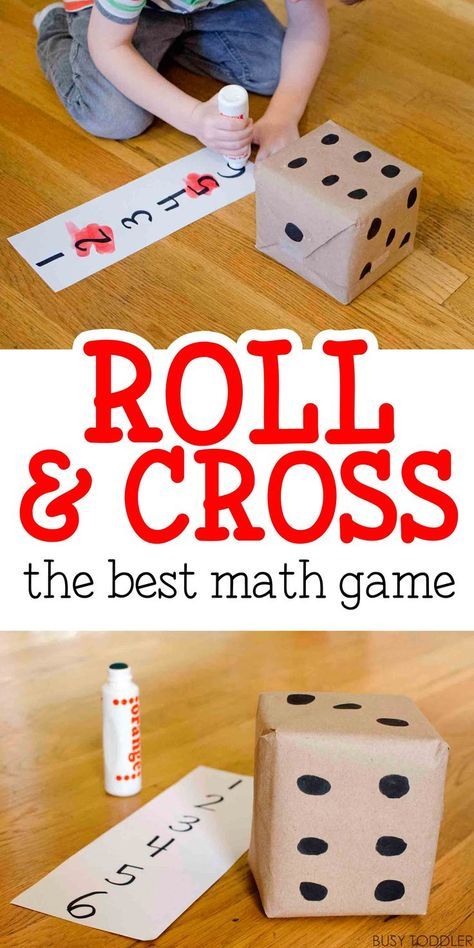
Step 2: Do the same with the 1 – 10 cards, making sure you have at least 2 cards for each number.
Step 3: Players take it in turns to select one of the big number cards or one of the small number cards, until there are 6 cards laid out all together.
Step 4: Someone who is playing the game needs to generate a 3-digit number. This can be by throwing a dice, or selecting cards from a pile of 0 to 9 cards.
Step 5: Once the number has been generated, turn over the six cards and players have to try and get to that total using any of the six number cards and any of the four operations.
Each card can only be used once and the winner is the first person to reach the total, or the player who is closest after a set length of time.
The game can be adapted for younger children, by choosing the numbers on the cards carefully and having them aiming to reach a 2-digit number, rather than a 3-digit number.
Indoor maths game 2: SaluteThis simple game is all about bringing together verbalisation and maths.
What you need to play:
- Two willing participants
- Cards numbered 1-10 (these can be made from a sheet of paper)
How to play:
Step 1: The game starts with the two players facing each other. Each person selects a numbered card and sticks it on their forehead, so the other player can see.
Step 2: The person leading the game gives a statement, such as what the sum of the two numbers is, the difference between the two or the product of the two etc…..
Step 3: Each player has to work out what number is on their own card, based on what is written on the other person’s head and the rule given.
Take Salute a step further using numbers up to 20.Indoor maths game 3: Multiplication BingoBingo is a perennially fun game that can be enjoyed by people of all ages, and this version puts a mathematical twist on this classic game, as a way to boost multiplication skills.
What you need to play:
- Paper to write numbers down on
How to play:
Step 1: In this mathematical version of the game, all players write down 5 numbers, which are multiples of a given times table.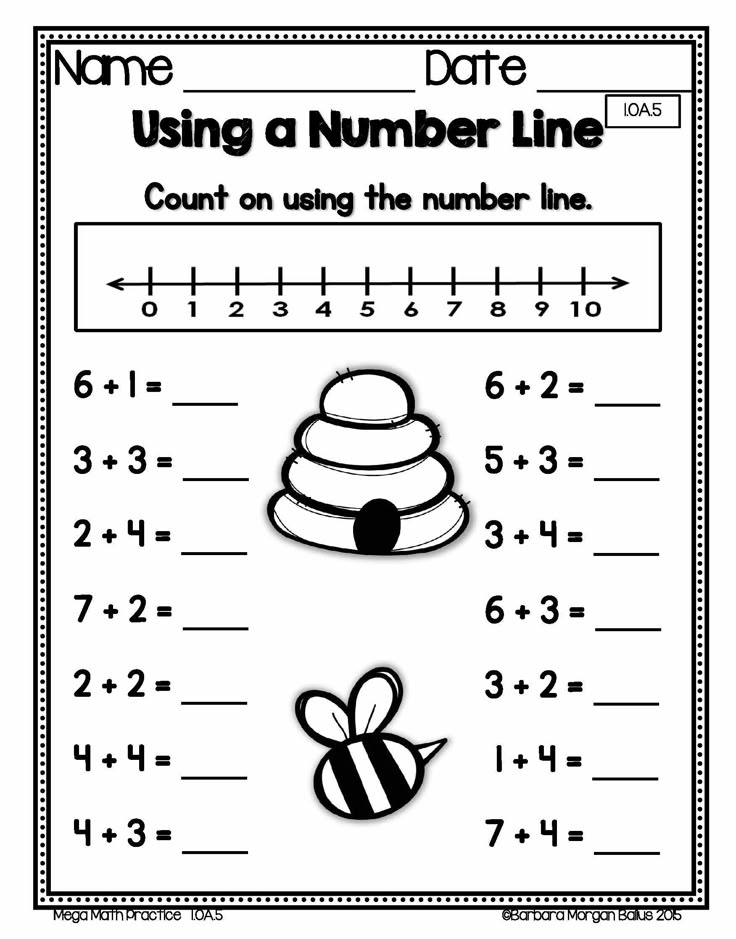 For example: if they were doing the 5 times table, they might write 10, 35, 45, 50 and 60.
For example: if they were doing the 5 times table, they might write 10, 35, 45, 50 and 60.
Step 2: A third person can lead the game and call out multiplication questions from the chosen times table, or they can be written on cards, jumbled up in a pile for players to take turns picking and reading out.
Step 3: If the player has an answer to the question on their bingo board, they can cross it out. First person to cross out all their numbers is the winner.
Multiplication Bingo using the 5 times table.3 most fun maths games and activities to do at homeOne of the best ways to encourage a child to learn about anything is by making it fun, and that is exactly what these maths games are!
Fun maths game 1: Maths Problem Scavenger HuntAll children enjoy a scavenger hunt, so why not make one based around maths?
What you need to play
- Some creativity
- A garden or home full of measurable objects!
How to play:
Step 1: Give children a grid with some pre-set weights and lengths on.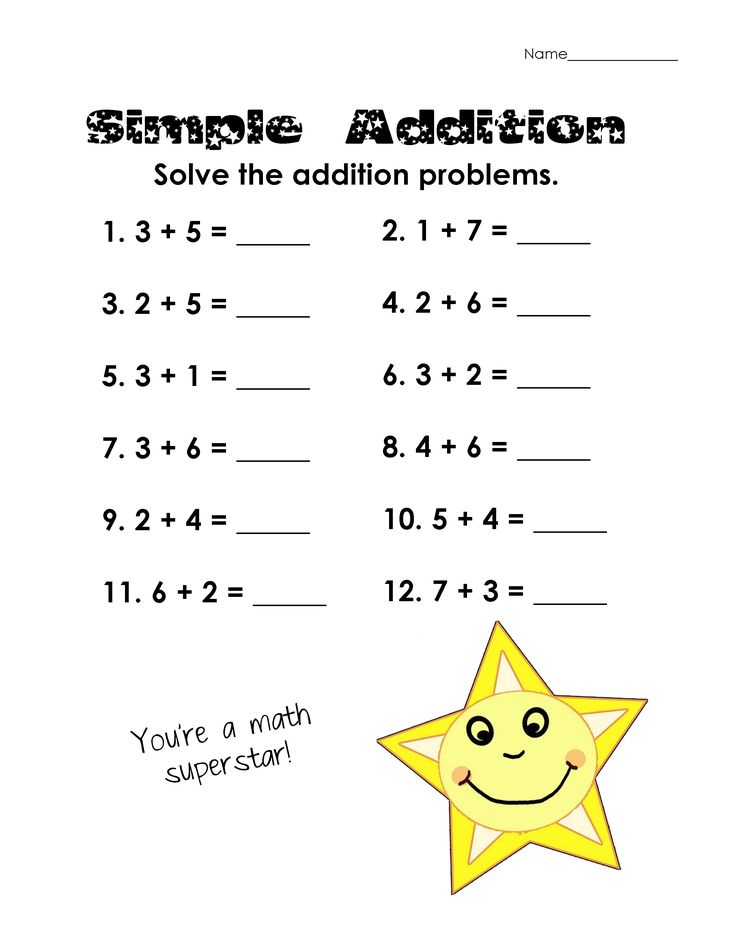 It will then be a challenge for them to find something in the garden that is approximately 10cm long, or something in the house that weighs 300g (as an example).
It will then be a challenge for them to find something in the garden that is approximately 10cm long, or something in the house that weighs 300g (as an example).
Step 2: Get your child to gather all of the items they think match the weights and lengths on the card, and check how well they have done with some kitchen scales and a tape measure!
Fun maths game 2: The Yes/No GameThis is another simple KS2 maths game that is loved by children in classrooms across the country! It’s also a good way to get in practice of 2d shapes and 3d shapes, which as parents we can sometimes avoid.
What you need to play:
- A series of cards/pieces of paper
How to play:
Step 1: Both players put a card on their head. It could have a number on it, a shape etc….
Step 2: The first player asks a question which can only be answered with ‘yes’ or ‘no’. E.g. ‘Am I odd?’ ‘Am I under 20?’ ‘Do I have 4 sides?’ etc….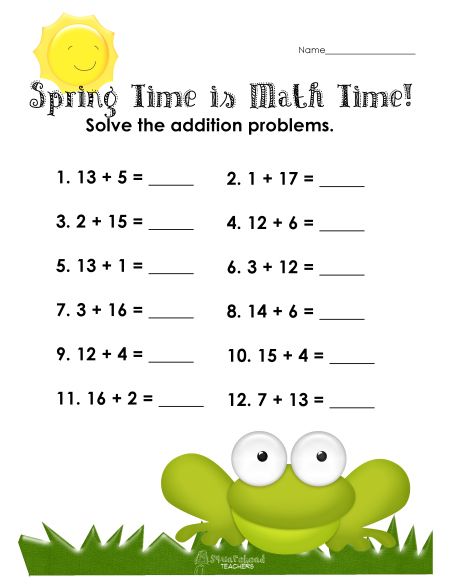 .
.
Step 3: They keep asking questions until the get the answer correct, or they run out of turns (you can set the number of turns they get at the beginning of the game). Then it is time for the other player to have a go.
How the Yes/No game could play out using a triangle as the subject.Fun maths game 3: Bang BangBang bang is a great game for practising quick recall facts.
What you need to play:
- Two willing mathematicians!
How to play
Step 1: 2 players stand back to back, cowboy shootout style.
Step 2: A question is called out, such as ‘what is 7 x 6?’
Step 3: The first player to turn, face their opponent, shout ‘bang bang’ and to give the answer wins the round.
Step 4: This is then repeated until a number of points, decided at the start of the game, is reached. That player is then the winner.
3 best hands on maths games and activities to do at homeDoing some hands on maths activities with your child is a great way to capture their full attention when you are doing maths at home, and these games have been created to do just that.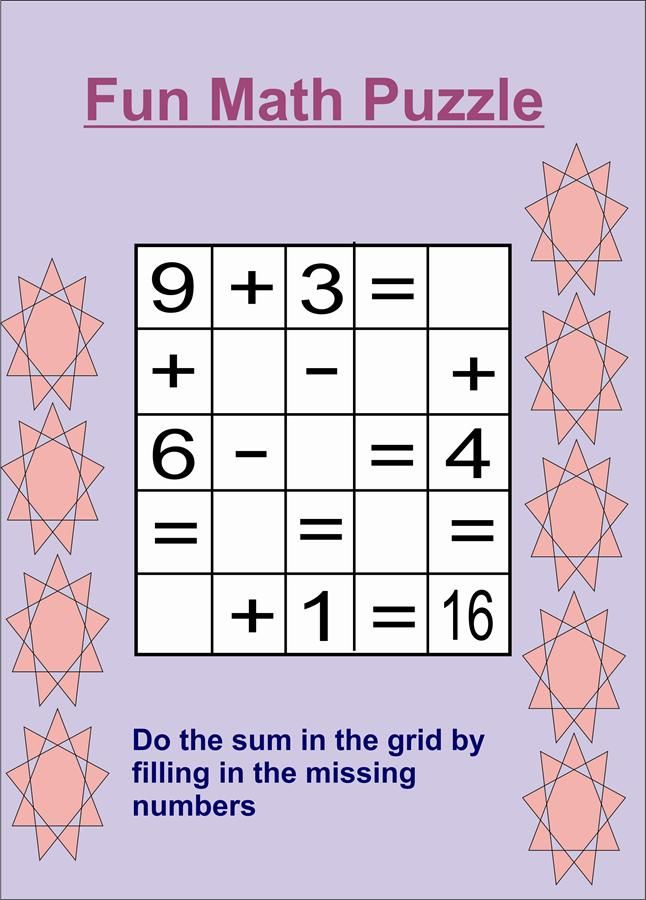
This game not only tests children’s verbalisation and problem solving skills, but it also brings an element of competition into doing maths at home, and we all know how much children love to ‘win’!
What you need to play:
- Cards with maths statements written on them
- Two players
How to play:
Step 1: The first person picks a card containing five statements. Each of the five statements provide a clue to the final answer, starting with a vague clue for the first statement, through to an easy clue for the fifth statement.
Step 2: Player one picks a card and reads out the first statement. E.g. ‘This shape has four sides’.
Step 3: Player two can choose to give an answer and score the maximum five points, if they are correct, but risk scoring zero if they are wrong. Alternatively, they can choose to hear the four point question. They keep on going until they get a question wrong, or they choose to pass to hear the next question until they get to the final one point question.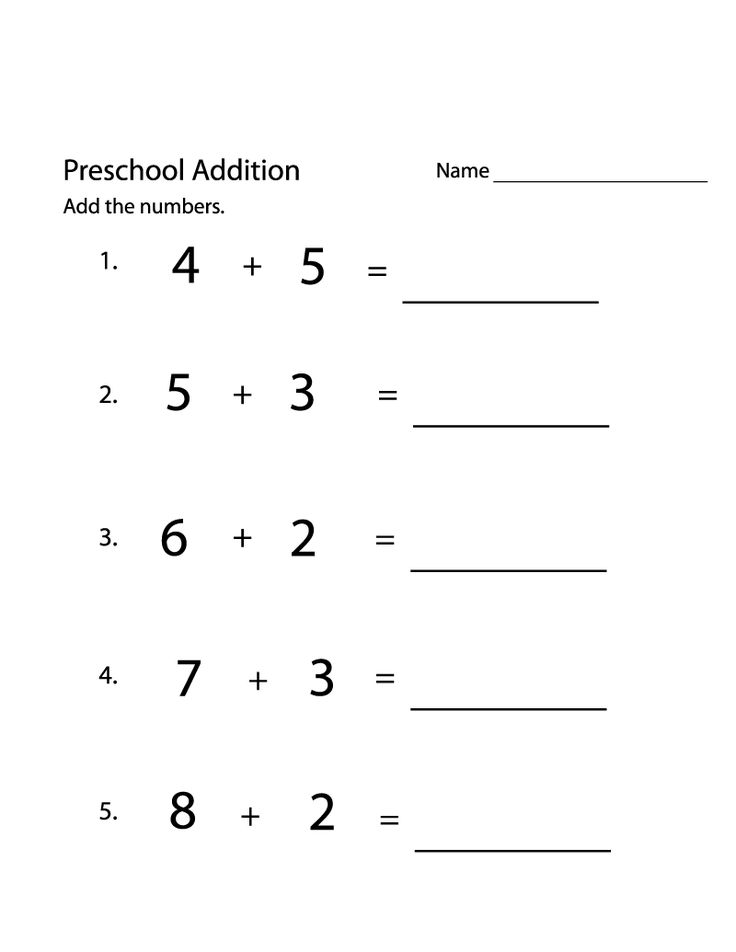
This is a very simple game that will help your child practice their arithmetic skills, and it is a game they can play with a group of friends.
What you need to play:
- A pack of playing cards (The number cards only)
How to play:
Step 1: Each player picks 4 number cards at random from the pile.
Step 2: They then need to find a way to manipulate the 4 digits using any of the 4 operations (+, -, x, ÷) so the end result is 24 For example, if they chose 4, 7, 8, 8, they could do (7 – (8÷8) x 4 = 24)
Step 3: If nobody is able to reach 24, you can make it closest wins!
Hands on maths game 3: 5 Of A KindThis is a tricky maths card game that will truly put your child’s (and maybe even your) maths skills and knowledge to the test.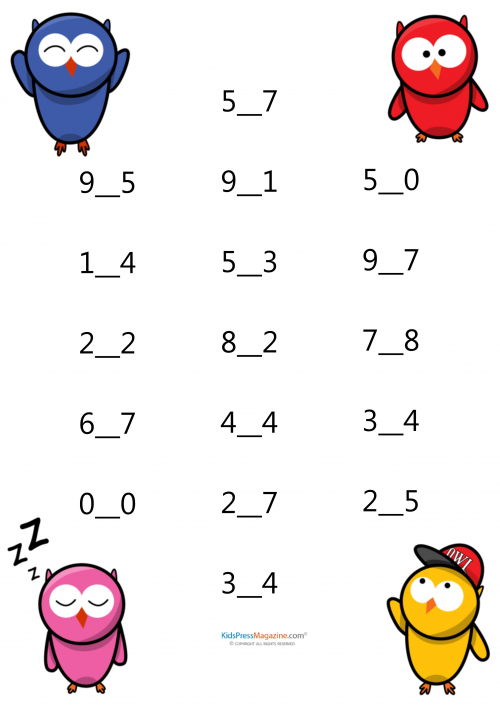 It’s a maths game for KS2 children really – you’re likely to end up in confusion if you suggest it to a KS1 child.
It’s a maths game for KS2 children really – you’re likely to end up in confusion if you suggest it to a KS1 child.
What you need to play:
- 5 sets of cards numbered 2-9
How to play:
Step 1: The first player picks a card numbered from 2 – 9.
Step 2: They then collect another 4 cards with the same number as the first, so they have 5 cards with the same number.
Step 3: The aim of the game is to use one or more of the five cards to get an answer of each digit between one and ten.
If for example, the player chose a 5. They would then need to use one or more of the cards to find the answer 1, 2, 3…… To make 1, they could do 5 ÷ 5, to make 2 they could do (5 ÷ 5) + (5 ÷ 5) etc….
An example slide from a Third Space lesson on ordinal numbers; tutor & child work through these type of activities together to help practise and embed mathematical knowledge.3 best outdoor maths games and activities to do at homeWhether you realise it or not, the great outdoors and maths go hand in hand, and these outdoor maths games and activities should serve as inspiration about how you can help your child learn maths while outdoors!
Outdoor maths game 1: Life Size Board GamesBoard games are a fun way to spend time with the family, but have you ever thought about actually becoming part of the board game?
To help your child learn maths outside, you can easily make a life size board game and become the characters in the game.
What you need to play:
- Paper plates (or even just sheets of paper will do)
- A large dice (or a cube shaped box which can be made into a dice)
- A dose of creativity!
How to play:
Step 1: Use paper plates as an easy way to make the board game squares, and if you don’t have access to a large dice, a cube shaped box can be made into one instead.
Step 2: The board games you play can vary depending on the age of your child. With younger children, the plates can be numbered to encourage counting or learning their number bonds, whilst older kids could have times tables or other maths facts to answer as they go round the board.
Outdoor maths game 2: Multiplication HopscotchEveryone knows how to play hopscotch, but by introducing maths into the mix you can take this traditional playground game to the next level.
What you need to play:
- Chalk
How to play:
Step 1: Using chalk, draw out hopscotch squares on the ground and in each square, write either multiples of a number or multiplication facts.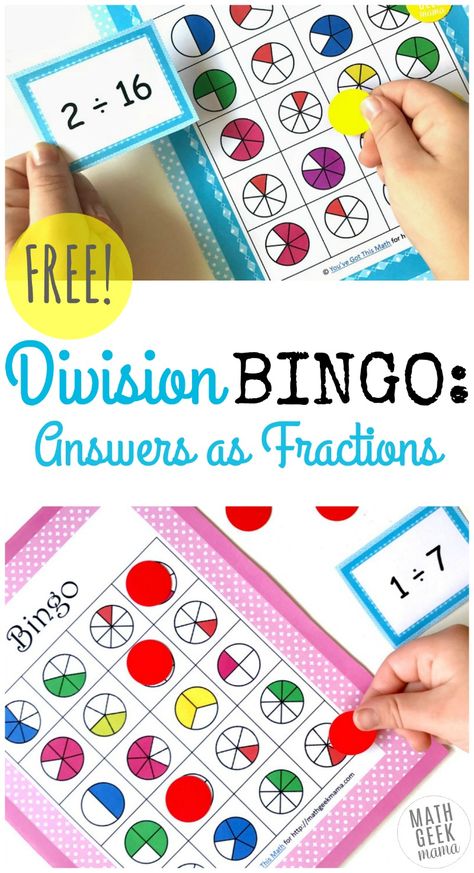
Step 2: Each person then hop, skips and counts at the same time, which is a really good way of helping those multiplication tables stick.
The other great thing about this game is this can be done with one person, or if friends are visiting everyone can join in and have a go.
Outdoor maths game 3: Telling The Time ActivityTime is one of those things many children find tricky, but this game will help your child tackle this topic.
What you need to play:
- Chalk
How to play:
Step 1: Try drawing a clock on the ground with chalk.
Step 2: Then, get your child to use their body to make the hands of the clock. They could show just the hour or minute hands by lying straight, or they could use their body to make the hour and the minute hands, with their legs (the longer part) being the minute hand and their torso (the shorter part) the hour hand.
They could show just the hour or minute hands by lying straight, or they could use their body to make the hour and the minute hands, with their legs (the longer part) being the minute hand and their torso (the shorter part) the hour hand.
More fun maths for kids
- 13 fun outdoor maths activities
- Summer holiday maths activities for kids
- 10 minute maths at home: number facts paper flip
Whilst some classroom resources may be a little hard to come by at home, most family homes have a dice or two lying around. With most board games coming prepackaged with a dice, dig them out of the cupboard and re-purpose them for these fun maths dice games.
And if you can’t find one, make one – just draw out the 6 sides of a cube, stick them together, and you’re ready to go. Try to get your opposite sides adding up to 7 as on the real thing.
Dice maths game 1: SkunkThis is the perfect game to teach your child all about probability, and whilst it seems like it would be easy to win, your child will soon find out that this isn’t the case…
What you need to play:
- Two dice
- A sheet of paper
How to play
Step 1: Write the word skunk and separate each letter into a different column on a sheet of paper.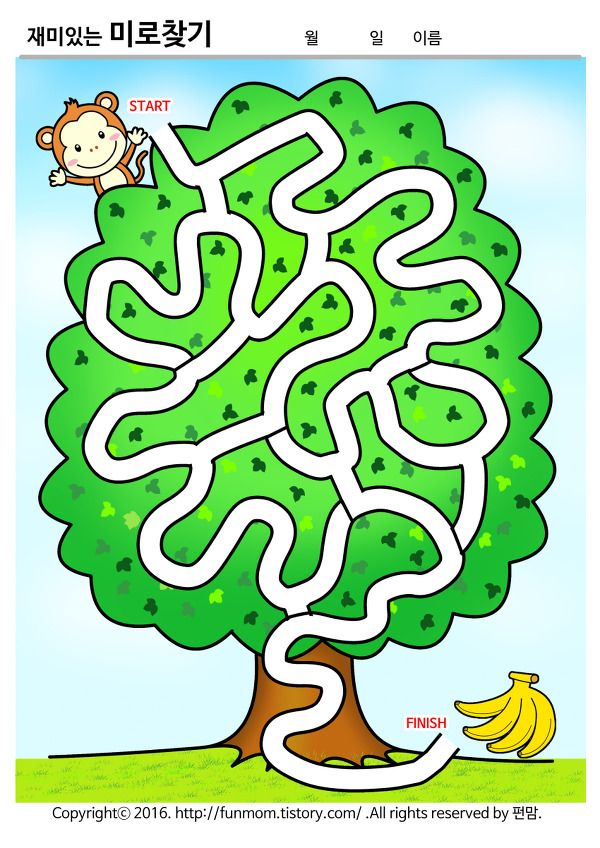 Each letter of the word ‘skunk’ represents a different round of the game.
Each letter of the word ‘skunk’ represents a different round of the game.
Step 2: The first player rolls a pair of dice and works out the total of the two dice. The score is written in the S column. If they roll a one they score zero.
Step 3: Once they have their first score under the letter ‘S’, they have to make the decision to either stop and take that score as their score for the game, or roll again and hope they score even more to add to the first round score.
Step 4: If they roll a one in the second round, play stops and the player takes the score from the first round as their total for the game. The risk a player takes in moving on and throwing again, is if two ones are thrown, all the points for the game are wiped and the player scores zero.
Dice maths game 2: The Pig Dice GameThis game is similar to the skunk game, but there only needs to be one player and one dice. However, even with only one dice things will still get tense!
What you need to play:
- One die
- A sheet of paper
How to play:
Step 1: Throw the die and the player records the number that they roll. As long as a one isn’t thrown, the player can roll again and add the number to their total.
As long as a one isn’t thrown, the player can roll again and add the number to their total.
Step 2: After each throw, the player has to decide whether to throw again or keep the points they’ve scored. If a one is thrown at any point, the player loses all the points scored so far.
Step 3: The first player to score 100 is the winner.
Dice maths game 3: Triangle TowerThis game is a great way to test your child’s times tables skills, and it only takes two minutes to set up!
What you need to play:
- Two dice
- A sheet of paper
- Counter or coins
How to play:
Step 1: Draw out a triangle made from squares, with four on the bottom up to one at the top.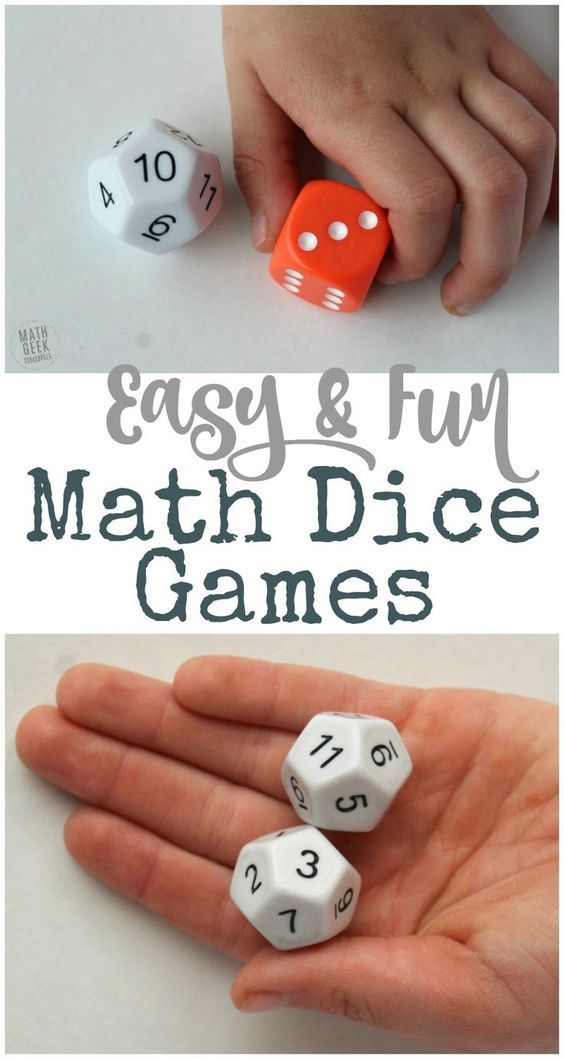
Step 2: Each player chooses 10 number from the products table (1, 2, 3, 4, 5, 6, 8, 9, 10, 12, 15, 16, 18, 20, 24, 25, 30, 36). This is simply all of the possible options you can get when multiplying the numbers between 1 and 6 together.
Step 3: Write one number in each of the ten triangles from the product table results above.
Step 4: The first player then rolls 2 dice and multiplies the two numbers together. If they have the product of the two numbers written on their tower, they can then cover it with a counter.
Step 5: The winner is the first player to cover all their numbers in the tower.
Game extension idea
The game can include more challenging multiplication calculations by changing the numbers on the dice.
If one has the numbers 1-6 and the second has the number 7-12, the numbers each player has to choose from are (7, 8, 9, 10, 11, 12, 14, 16, 18, 20, 21, 22, 24, 27, 28, 30, 32, 33, 35, 36, 40, 42, 44, 45, 48, 50, 54, 55, 60, 66 and 72)
Alternatively, both dice marked with the numbers 7 – 12 would give the products 49, 56, 63, 64, 70, 72, 77, 80, 81, 84, 88, 90, 96, 99, 100, 108, 110, 120, 121, 132 and 144.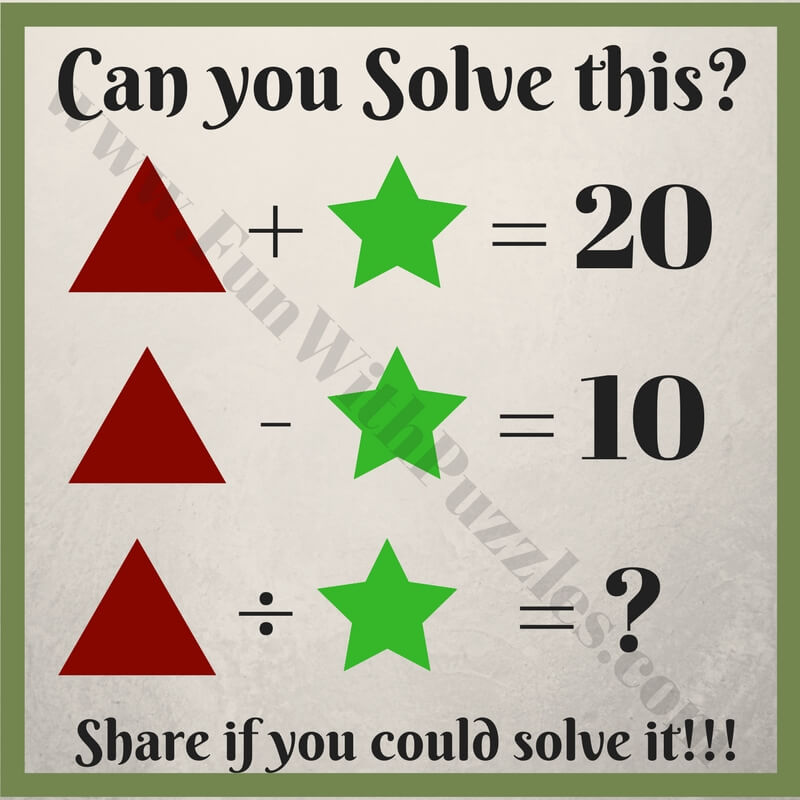
Read more: The best times tables games for KS1 and KS2 to play at school or home.
3
fun maths card games for kids to play at homeAlong with dice, playing cards are one of the most versatile and underused maths resources that can be found in most family homes. Fortunately, these games are here to put an end to that!
Card maths game 1: The Biggest NumberPlace value is a crucial skill for children to grasp during primary school, and this simple card game will help them to do that in visual and fun way.
What you need to play:
- One place value grid (drawn onto a piece of paper)
- A deck of playing cards
How to play:
Step 1: Each player draws a place value grid, with an agreed number of places. E.g. Thousands, hundreds, tens and ones.
Step 2: Using a deck of cards 2-10, Ace and picture cards, with 2-10 being worth their digit, Aces being worth 1 and picture cards being worth 0.
Step 3: Players take turns to draw a card from the pile, and each player chooses which column to record the number in. The winner is the person to have the biggest number recorded at the end of the game.
If you like this check out our other amazing place value games.
Card maths game 2: First To 100This simple game is perfect for car journeys or the 10 minutes before dinner, and it will get your children practising their maths skills in a fun and exciting way!
What you need to play:
- A deck of playing cards
- A sheet of paper
How to play:
Step 1: Shuffle a pack of cards and place face down. Each player takes one card and turns it over in front of them.
Step 2: Record the number on the card (Ace is worth 1 and picture cards are worth 10).
Step 3: Each player then takes a second card and adds the number to the first number, recording it on the paper.
Step 4: Keep taking cards until the first person reaches 100.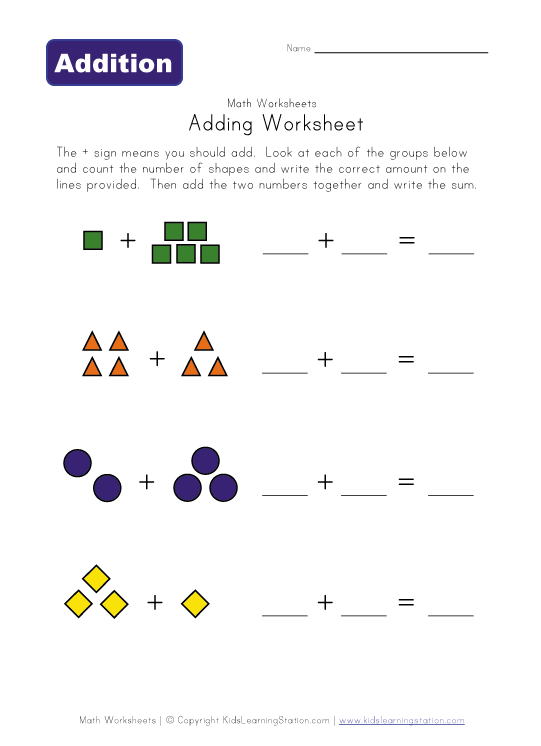 They are the winner.
They are the winner.
Game extension idea
A variation on this game can be to start at 100 and keep subtracting until someone gets down to zero.
For older children, instead of adding the cards together, they can be multiplied each time, with the winner being the first to reach 1000.
Card maths game 3: Wild JackThis is a fast paced maths card game for two or more players, where all eyes will be on the Jacks in the pack…
What you need to play:
- A deck of cards
How to play:
Step 1: Other than the Jacks, remove all of the picture cards from a deck. Jacks are ‘wild cards’ and can be used at any time to represent any number from 1 – 10.
Step 2: The aim of the game is to reach the target number. To make the target number, shuffle the pack and turn over the top two cards. If either are a 10 or joker, put them to the bottom. The 2 cards turned over make the target number. For example, if you turn over the 5 of hearts then the 2 of diamonds, your target number is 52.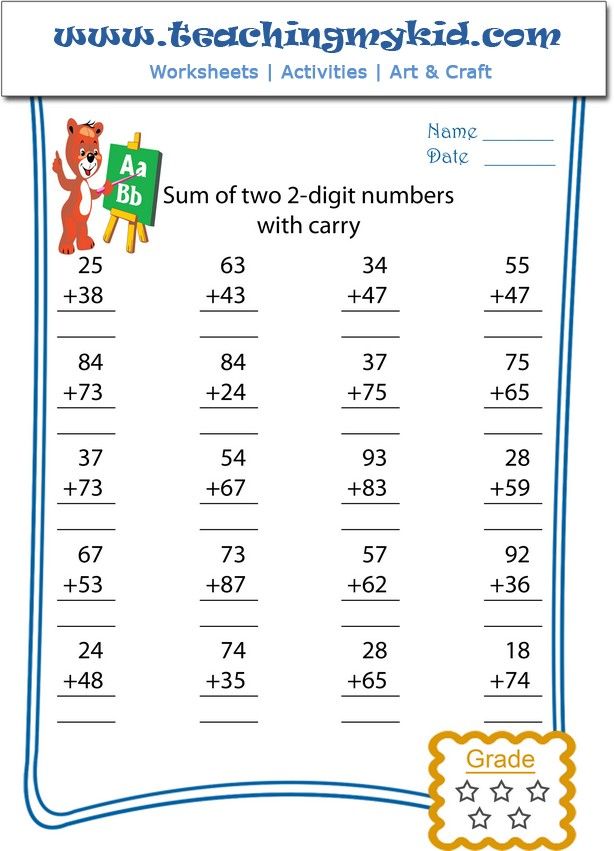
Step 3: Each player is dealt 5 cards, which are set out face up. Players then can add, subtract, multiply and divide to try to reach the target number. If the target number is reached using all 5 cards, 10 points is scored, if it is made using less than 5 cards, 8 points is scored.
3
best pen and paper maths games and activities to do at homeThere is no need for fancy equipment when it comes to these maths game. A pen/pencil and a few sheets of paper are all you need to make maths fun at home!
Pen and paper maths game 1: BattleshipsThis is a KS2 maths game that most people will be familiar with, but it just so happens to be fantastic practice for coordinates.
What you need to play:
- Some sheets of paper
- Pens or pencils
How to play:
Step 1: Each player draws out a grid with A – J along the bottom and 1 – 10 up the side.
Step 2: They then plot ships of various sizes on the grid by colouring in the squares:
– One ship five squares long (the aircraft carrier)
– One ship four squares long (the battleship)
– Two ships three squares long (the cruiser and submarine)
– One ship two squares long (the destroyer)
Step 3: The first player ‘shoots’ by calling out a grid reference, e.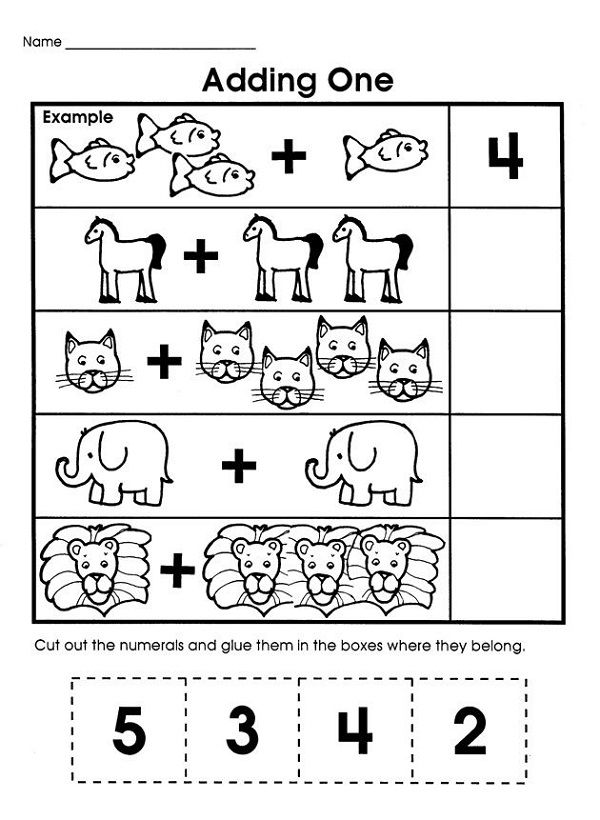 g. B3. If it hits an empty square, the other player shouts, ‘miss!’ whilst the first player draws a cross, but if it hits a square with a ship in it, they have to shout ‘hit’ and the other player draws a dot. Each player keeps track of their hits and misses on a separate grid.
g. B3. If it hits an empty square, the other player shouts, ‘miss!’ whilst the first player draws a cross, but if it hits a square with a ship in it, they have to shout ‘hit’ and the other player draws a dot. Each player keeps track of their hits and misses on a separate grid.
Step 4: Once all the squares for a ship have been hit, that ship then ‘sinks’. The winner is the one to sink all the other person’s ships first.
Pen and paper maths game 2: Multiplication 4 In A RowThis game does the impossible, and manages to make learning multiplication facts fun.
What you need to play:
- Sheets of paper
- Counters or coins
How to play:
Step 1: Each player needs a set of coloured counters or different coins (2ps vs 10ps as an example).
Step 2: Make a grid containing the answers to the times tables being worked on (you can choose which times table you want your child to tackle) and a set of cards with the multiplication questions.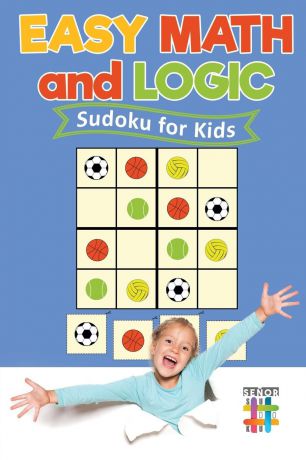
Step 3: Each player takes it in turns to pick a card, work out the answer and cover the answer with their counter. The first player to cover four in a row is the winner.
Pen and paper maths game 3: Dots And BoxesThis maths game is a classic, and the chances are high that some parents out there would have played this themselves when they were at school.
Please note, this game can be played by drawing dots on a page, but it is easier to download square dot paper and print it out.
What you need to play:
- A sheet of dotted paper
- A pen or pencil
How to play:
Step 1: The first player draws a line to join one of the dots to another of the dots, the next player then does the same.
Step 2: This continues until one player manages to join the lines to make a box. They write their initial in the box and get to take another go. Once they are no longer able to complete a full box, it goes back to the other player.
Step 3: The winner is the person who has their initial in the most boxes at the end of the game.
4
car games for kids: Fun road trip maths games for kidsYou can put all shouts of “Are we there yettttt…..” to bed with these four simple and fun maths games your children can play in the car.
Perfect for those long drives to far flung summer holiday destinations, these maths games have been designed to be very simple so they don’t need quite as much detail as the other maths activities in this article!
Road trip maths game 1: Creative CountingSimple counting games are great for younger children, with lots of opportunities for counting things they see – lorries, red cares, blue signs etc…
This could be made more challenging by changing how many points each is worth, so children could count up in twos or threes etc…
Road trip maths game 2: Guess My NumberThis game can be easily adapted for any age.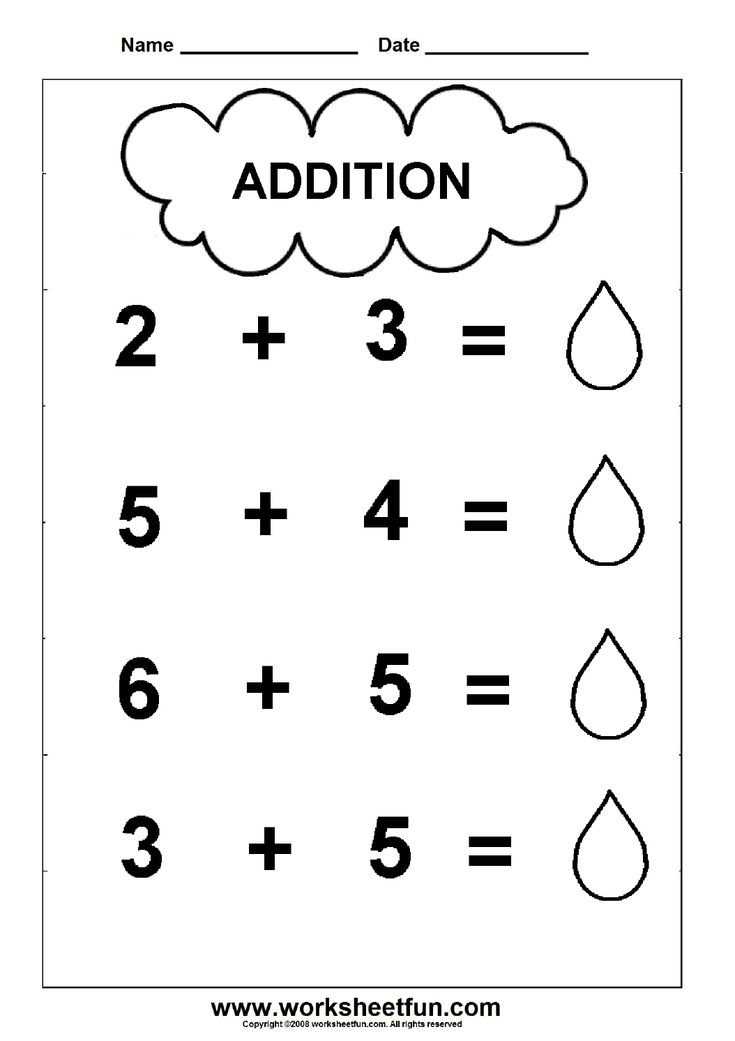
Think of a number for the children to guess. Players have to ask questions that have a yes or no answer in order to identify the number.
For younger children they could be given a range within which the number falls, they call out a number and are given ‘higher’ or ‘lower until they reach it.
A more challenging version of the game would be to give players a range of clues, e.g. If the number was 50, they could give the clues ‘It’s an even number’. ‘it’s divisible by 2, 5, 10 and 25’, ‘it’s equal to two quarters’. You could also require that the questions the children ask are of a similar nature eg ‘is the number divisible by 3?’ , ‘does the number end in a 7’ etc.
Road trip maths game 3: Guess My RuleAn alternative to guessing the number, in this game players have to try and guess the rule.
Players give a number whilst the person leading the game applies a mystery rule and tells the players what the new number is.
For example: If the rule is multiply by 10, one player would give the number, e.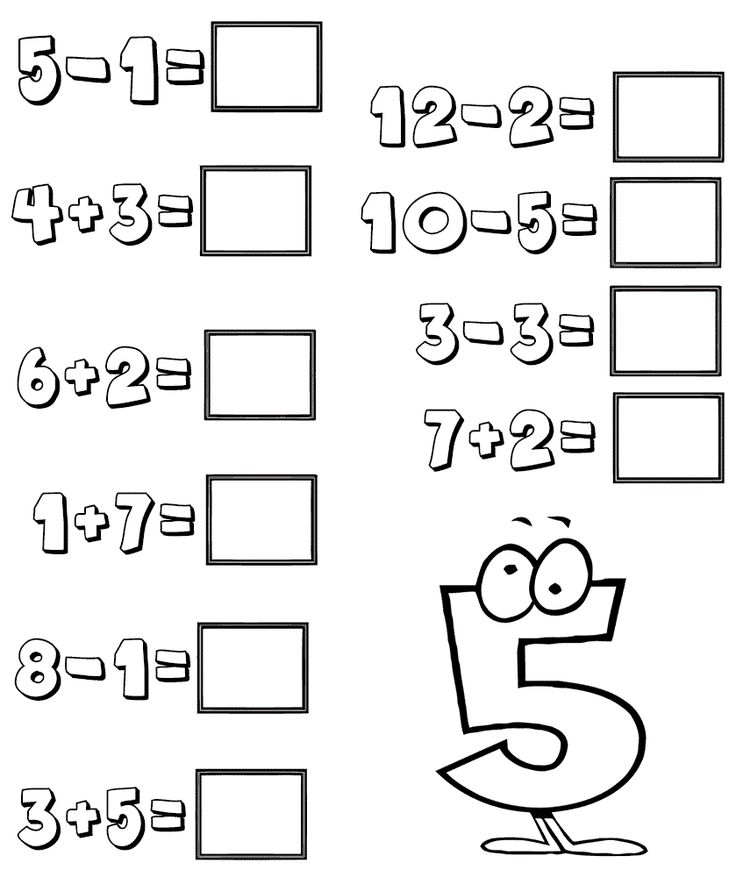 g. 37 and they would be given the answer once the rule has been applied, so in this instance they would be given the answer of 370.
g. 37 and they would be given the answer once the rule has been applied, so in this instance they would be given the answer of 370.
This is a fun strategy game, played with two or more players, who take it in turns to count up from 1.
Each player can call out one, two or three consecutive numbers, before it moves to the next player to carry on counting up.
The player who ends up saying ‘21’ is out of the game. The game then continues, counting back up from 1 to 21, until there is only one person left. They are the winner.
Read more
- 10 ridiculously fun maths lessons for KS2
- 19 fun end of term maths activities
- 16 fun back to school maths activities
Maths games are all around us!
There are of course many more simple maths games which can be enjoyed at home, and they are only limited by your creativity.
Hopefully these ideas will give you a starting point, but why not get really creative and create some games of your own! Or if you’re looking for more ways to engage children with maths, try Third Space Learning’s online maths lessons.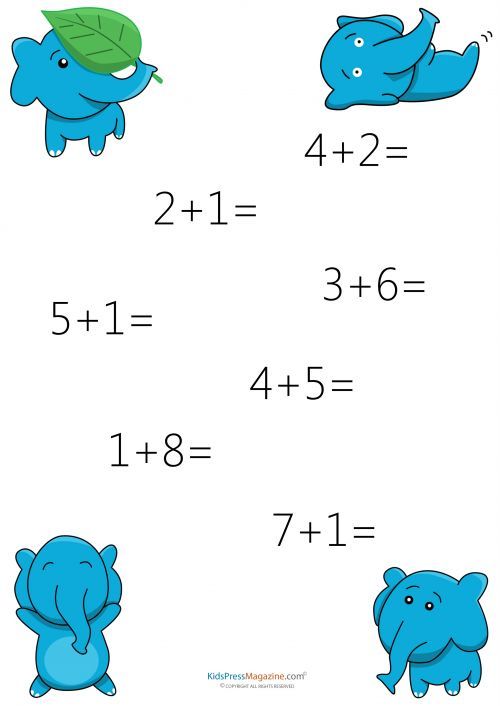
Online 1-to-1 maths lessons trusted by schools and teachers
Every week Third Space Learning’s maths specialist tutors support thousands of primary school children with weekly online 1-to-1 lessons and maths interventions. Since 2013 we’ve helped over 125,000 children become more confident, able mathematicians. Learn more or request a personalised quote to speak to us about your needs and how we can help.
Our online tuition for maths programme provides every child with their own professional one to one maths tutor
Math for children 4, 5, 6, 7 years old
Here you can find a lot of useful materials on the topic "Math for children for children 4, 5, 6, 7 years old", which you can print on a printer and engage with children as at home, and in preschool and school institutions. Learning math in a playful way is a very interesting activity even for those children who do not show much love for learning. Also, such tasks are great for little fidgets who cannot sit in one place for 5 minutes.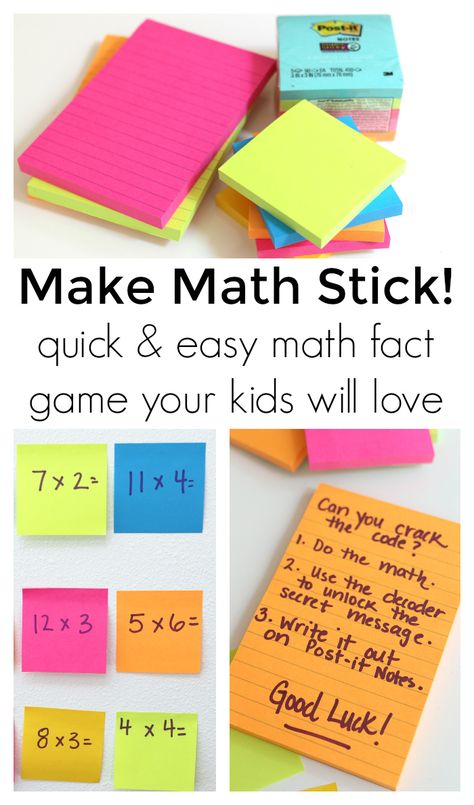 Each game task is designed for a younger child - it is designed in such a way that the child does not get tired, and at the same time receives a useful portion of knowledge and skills. The main thing is not to solve all the tasks at once, only one at a time!
Each game task is designed for a younger child - it is designed in such a way that the child does not get tired, and at the same time receives a useful portion of knowledge and skills. The main thing is not to solve all the tasks at once, only one at a time!
Mathematics for children 4, 5, 6, 7 years old - choose a section for learning
Mathematics for children is presented here in several sections, each of which develops certain skills in teaching a child. For example, counting up to 10 and 20 is intended for children who are learning to count objects, but still do not know numbers well and do not know how to solve mathematical expressions. In the section with tasks in mathematics, more complex tasks are presented, in which examples, tasks, and various tasks for adding, subtracting, dividing the number of objects into equal parts, etc. can be found. In tasks with geometric shapes, children will get acquainted with the shapes and names of geometric shapes, perform simple tasks to consolidate the learned material.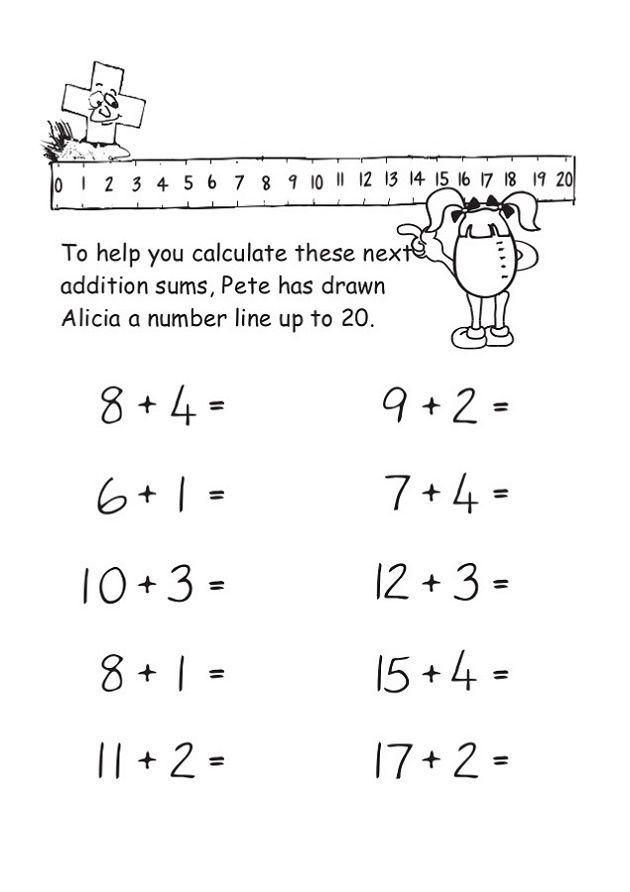 Also, tasks with mathematical signs (greater than, less than, equals sign) are given separately.
Also, tasks with mathematical signs (greater than, less than, equals sign) are given separately.
Learning to Count to 10 - Fun Picture Activities
In this section we are learning to count to 10 with fun picture activities for preschoolers. Learning to count in a playful way is a very interesting activity even for those children who do not show much love for learning.
Learn to count to 20 - Picture game tasks
Here we learn to count to 20 by doing interesting picture game tasks. The activities below are suitable for children who have already mastered counting up to 10 and are starting to learn counting within 20.
Fun math pictorial tasks for kids
Here are some fun and colorful math pictorial tasks for kids who are getting ready for school or are in 1st grade. Assignments can be very useful for teachers in kindergartens and elementary schools to teach children about mathematical expressions more effectively.
Geometric shapes for children - Interesting tasks
Here you can download and print geometric shapes for children in the form of interesting tasks in pictures, the implementation of which will not only benefit the child, but also a lot of fun.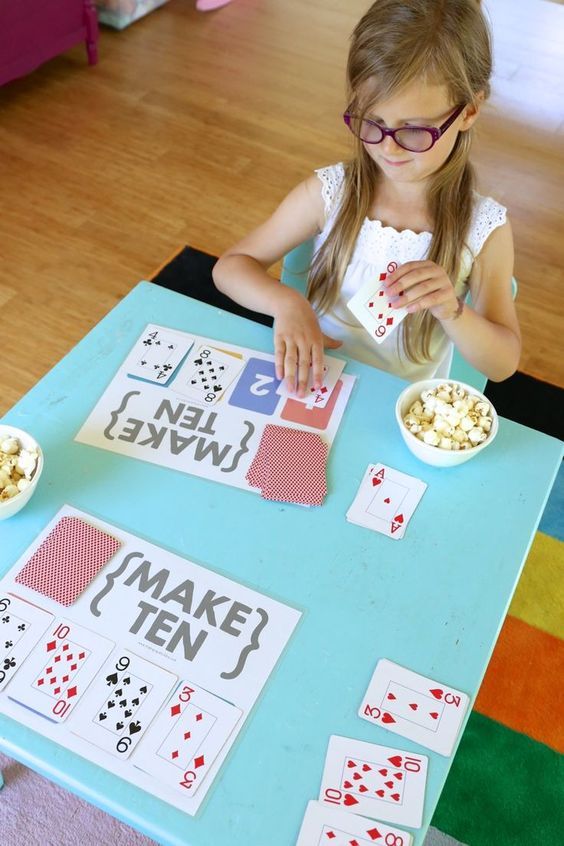
Numbers for kids - Download, print and cut!
Numbers for children in various designs are presented here - numbers in the form of flowers, three-dimensional, gold, with various textures, ice, puzzle numbers, as well as simple numbers in black and red.
Mathematical signs and symbols - Picture tasks
Learning math signs and symbols with interesting picture tasks. By completing tasks, the child will learn to distinguish between greater than and less than signs, as well as plus, minus and equal signs.
Other interesting topics with mathematics
Educational games "Mathematics for Toddlers"
Games developed by the Chudo-Yudo children's portal especially for the youngest children (from 2 years old), who are just starting to learn to count to 10. Such games contribute to faster memorization of numbers, and also allow the child to understand the technology of counting, which is difficult for his age.
Math games for children from 4 to 6 years old
Games are designed to prepare a preschooler for the first mathematical knowledge and numeracy.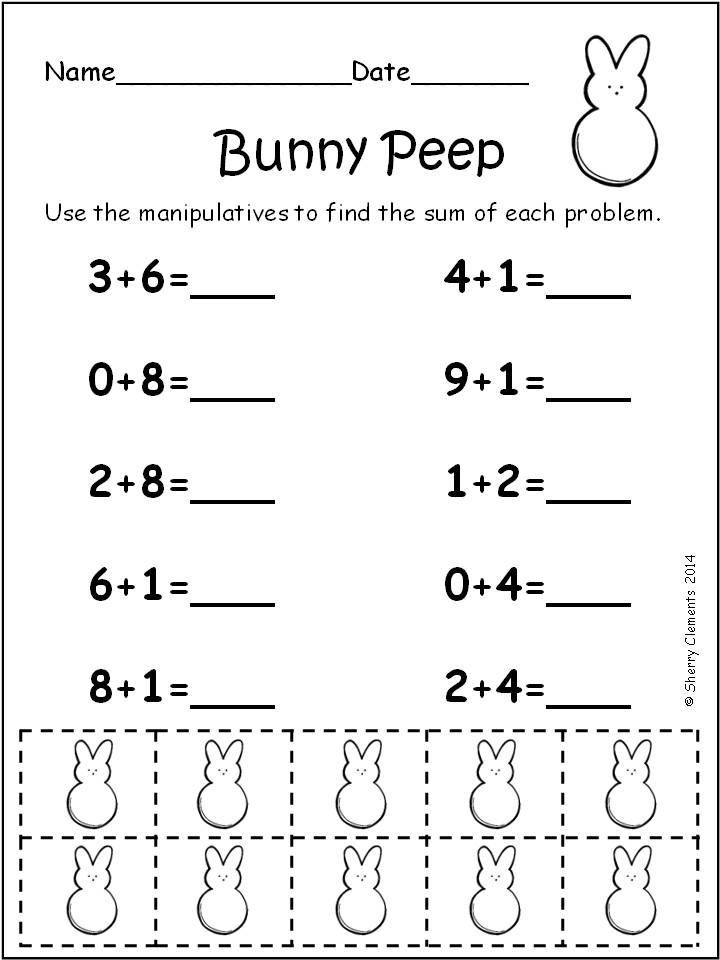 Here you will find interesting colorful games in which the child will need to find and count the specified number of objects or living beings. Children of this age really like to count, especially in a playful way.
Here you will find interesting colorful games in which the child will need to find and count the specified number of objects or living beings. Children of this age really like to count, especially in a playful way.
Math examples online
A great opportunity for younger students to practice their knowledge of mathematics. After all, in these tasks you need to be able to quickly solve examples, because a certain time is allocated for the passage of each task. When the time runs out, then you are credited with points only for those examples to which the child managed to answer.
All educational materials presented in the section "Mathematics for children 4, 5, 6, 7 years old" are very useful for preschoolers to prepare for school, as well as for younger students to practice and test their knowledge.
Sine, plus and minus: schoolchildren's parents passed the basic USE in mathematics
The sixth season of the action “Let's rent together! The Day of Parents Passing the Unified State Examination”: more and more adult participants come to exam sites and try to make sure from their own experience that the unified state exam is not as scary as it seems from afar.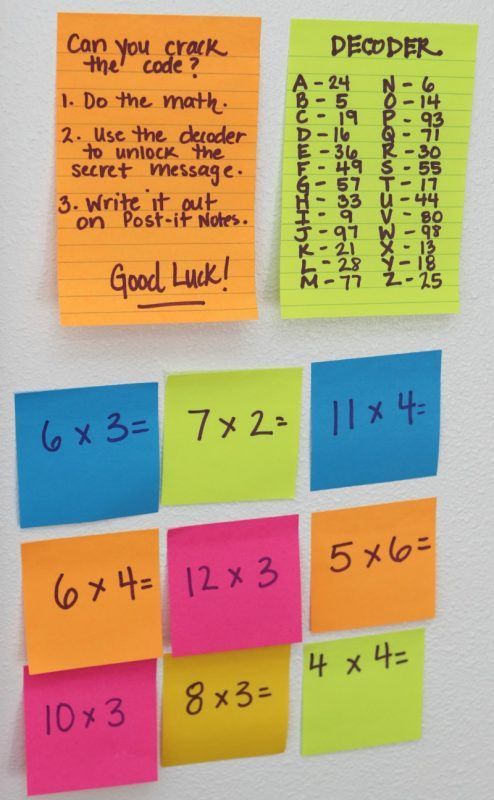
“Over the years, we have learned that the most resilient are parents. They worry about children more often than the graduates themselves. It is important for us to show parents that there is nothing terrible, unnerving at the exams, everything is organized clearly and calmly,” commented the head of Rosobrnadzor Anzor Muzaev.
Anzor Muzaev himself has been participating in the action for the fourth year already. On April 15, together with the parents of schoolchildren in the capital, he came to the Moscow Pushkin School No. 1500 and wrote an exam in mathematics at a basic level.
The participants of the action went through all the procedures that are waiting for graduates: they handed in their gadgets, registered, settled down in their places in the classrooms, listened to the briefing, saw the process of printing control measuring materials (CMM), learned how to fill out forms and, of course, completed the tasks.
Public observers were present in the classrooms - everything was just like in a real exam.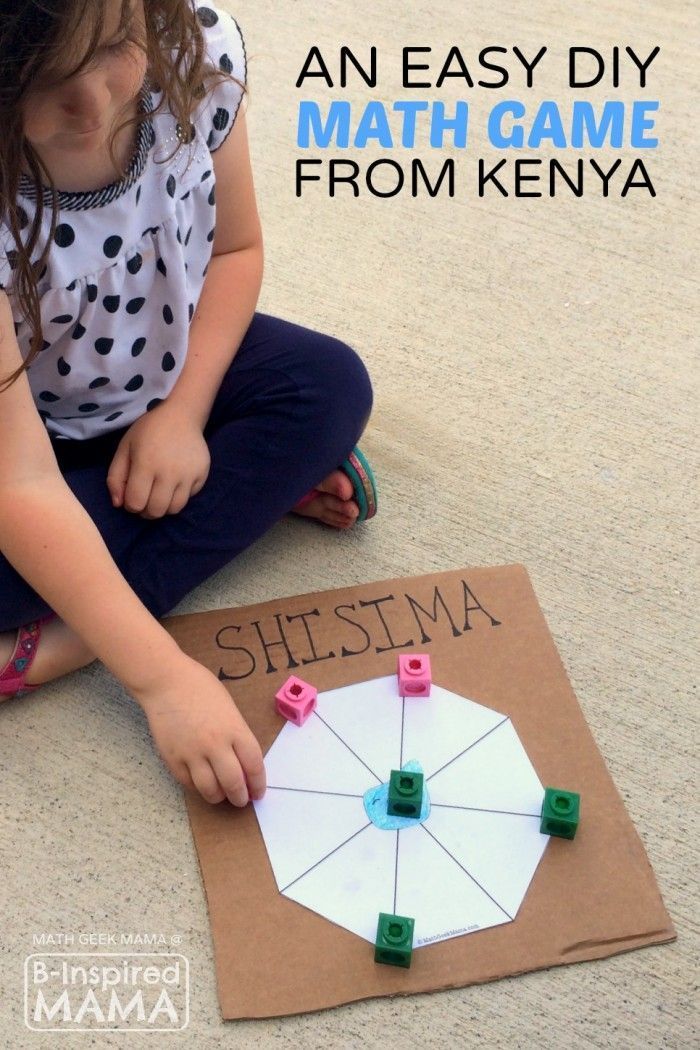 Submissions were scanned and sent for evaluation.
Submissions were scanned and sent for evaluation.
Each participant of the action received a lot of securities at once: an answer form, a registration form, control measuring materials, reference materials, sheets for drafts with the seal of the school.
So, in just 35 minutes, adults had to solve 21 tasks (schoolchildren are given much more time to complete them, while parents were simply given the opportunity to get acquainted with the whole range of tasks and test their knowledge).
The works were checked quickly, as the experts noted with pleasure, there were no twos, but there were even several fives. The tasks were very different - from the simplest calculations and practically applicable and understandable problems to questions related to probability theory, stereometry, graphs of functions, etc.
“I would not say that basic mathematics is too easy, but to say that everything is difficult is also cunning. If we do not know elementary things - for example, how to calculate the amount of tax, how to calculate how much money is needed for a trip, then this is already a serious problem, and not for an exam, but for life.
So we should not rely on luck, but on preparation,” said Anzor Muzaev.
He reminded that there are no surprises for graduates: all assignments are placed in an open bank, they can be worked out during the year. Then KIMs are formed from these tasks.
A pleasant surprise for parents was the availability of reference materials that could be used directly at the exam. According to the head of the Commission for the development of control measuring materials for the Unified State Examination in mathematics, Ivan Yashchenko, the students themselves participated in the compilation of this guide.
Ivan Yashchenko drew attention to the fact that the control measuring materials, just like the school curriculum, include practice-oriented tasks based on specific situations that graduates will have to face in one way or another: calculate loan interest, budget for a trip, the number of building materials for repairs, choose the best mobile communication tariff.